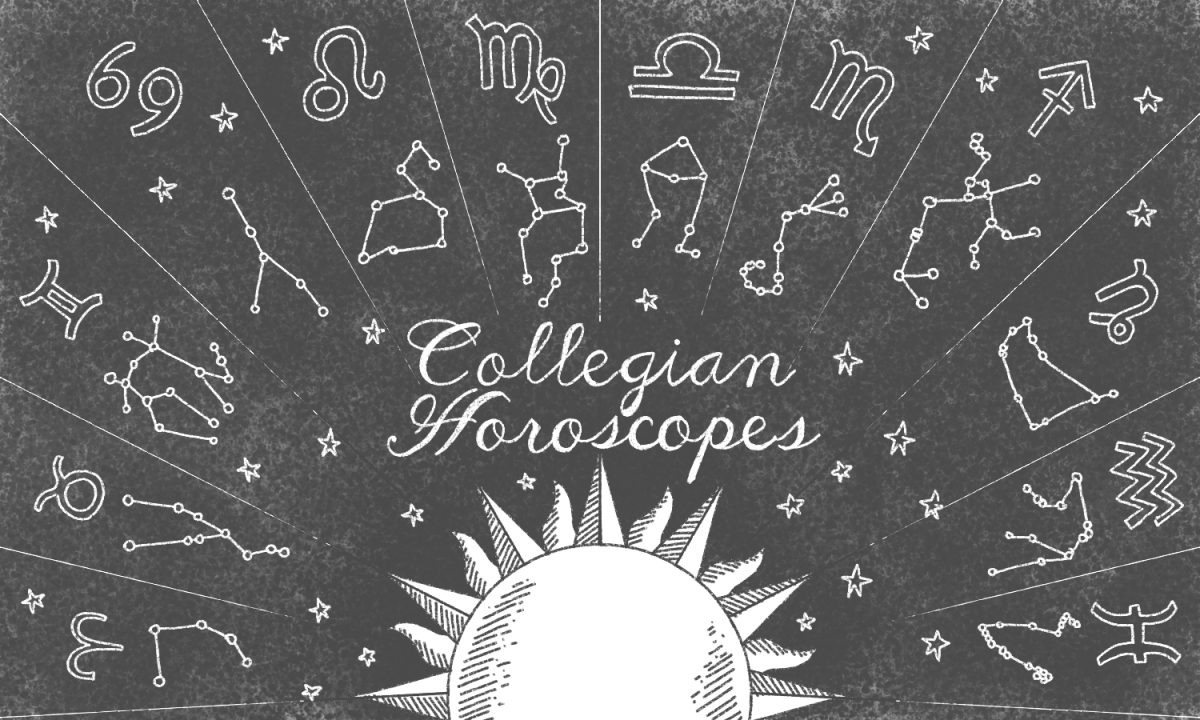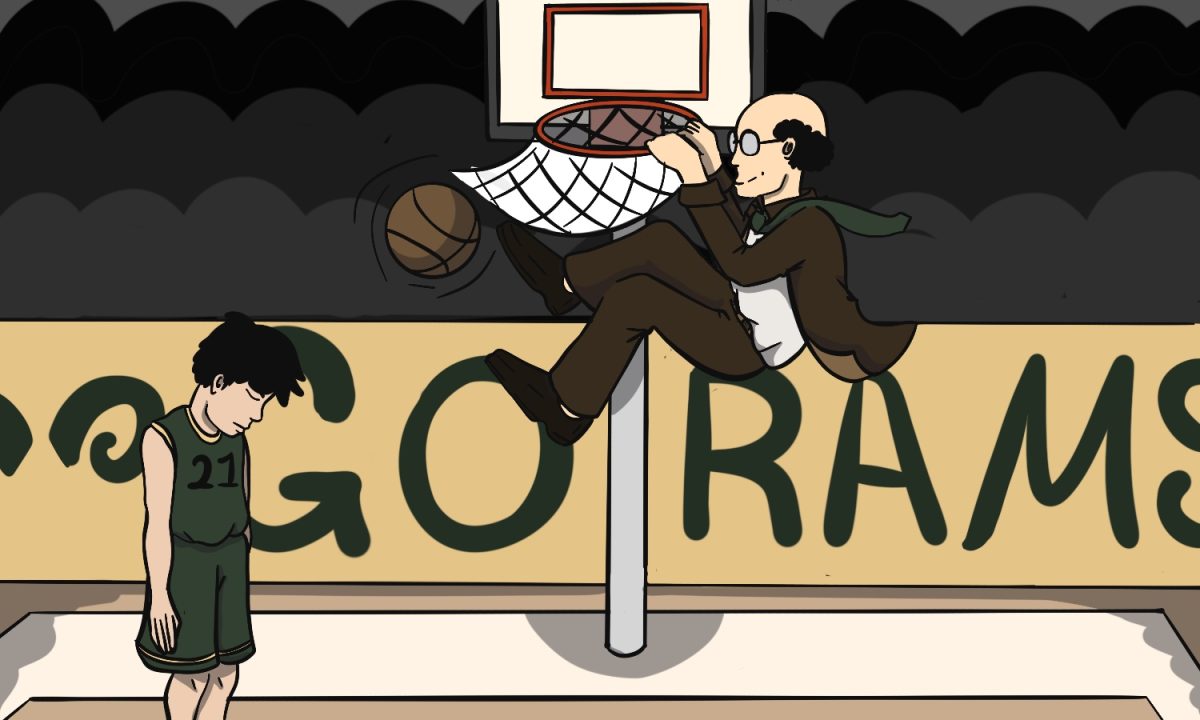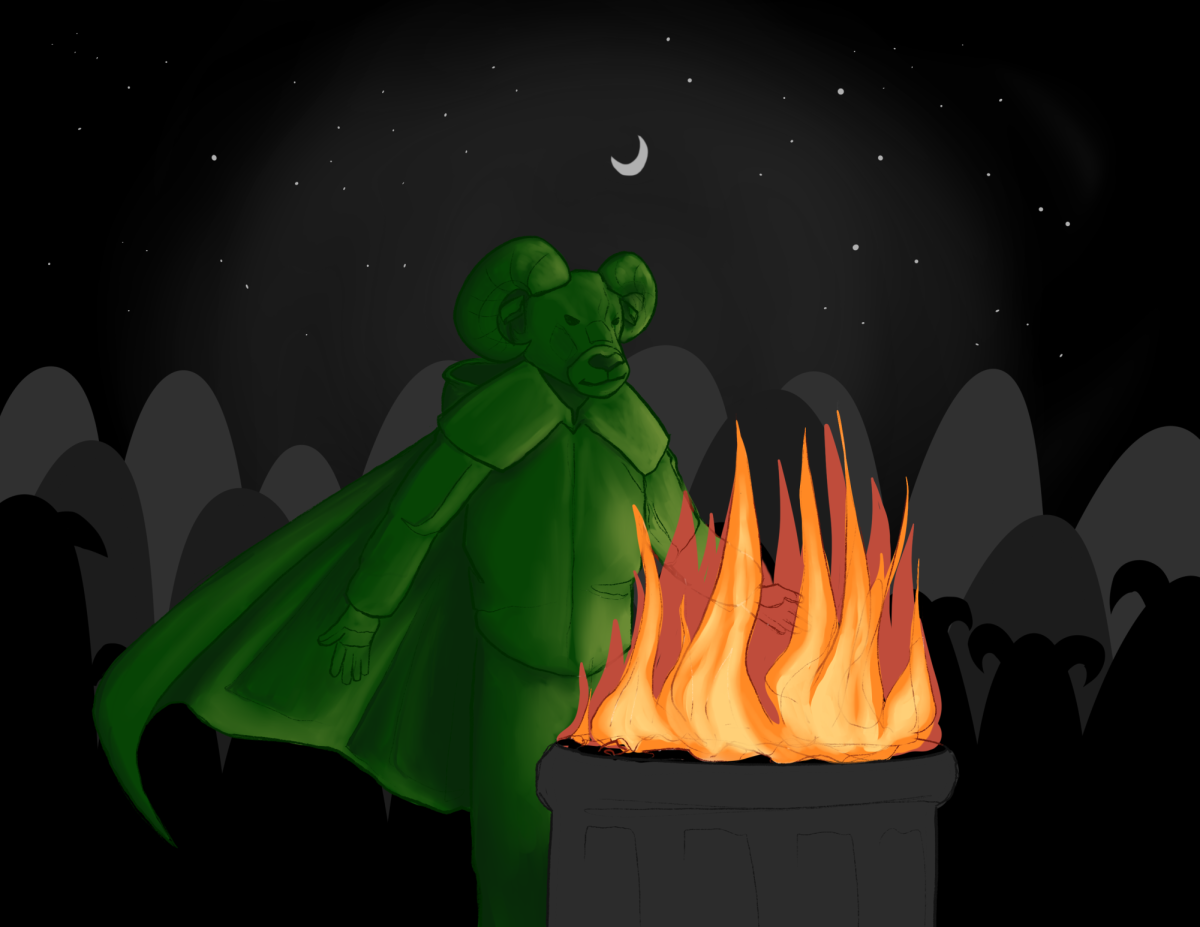Editor’s Note: This is a satire piece from The Collegian’s opinion section. Real names and the events surrounding them may be used in fictitious/semi-fictitious ways. Those who do not read the editor’s notes are subject to being offended.
In a small lab nestled in Colorado State University’s highly regarded research facilities, a dedicated team of graduate students has uncovered the true biology of a CSU Ram.
Where researchers previously thought standard adrenal glands were, there appears to be a hyperactive gland stimulated by Old Aggie beer. Though their theories await confirmation, lead researcher CAM the Ram suspects this gland is crucial to brain function.
“Living subjects who were given Old Aggie out-performed subjects who weren’t given Old Aggie or were given a different beer,” CAM said. “It is hard to know for sure if the gland is the primary recipient of the substance, but there’s a clear correlation between consumption and increased intelligence.”
The newly coined “Ag Adrenal” is also suspected to divert alcohol from the liver and kidneys, explaining why notably hard-partying alumni have outlived their Cowboy and Buff counterparts at the University of Wyoming and the University of Colorado Boulder.
“It appears that Rams truly are built different,” CAM said. “We’ve always joked about such things as a way to egg on the competition; however, now we may have definitive proof.”
This gland wasn’t the only notable difference in Ram biology. Researchers also found that a CSU Ram’s pancreas produces insulin and digestive enzymes more functionally when the Ram in question carries an adamant hatred for CU Boulder.
Rams who are more lenient on this front were more likely to have diabetes and digestive problems.
“It seems counterintuitive that anger and hatred would be good for the body,” CAM said. “But when it comes to the spirit of competition, it appears that us Rams are sustained by the rivalry with CU.”
The team didn’t start this project looking to prove any sort of difference between Rams and the general population; however, their findings are unprecedented. No other university seems to have quite the same impact on their student body — literally. This prompted a whole subsection of research.
“We wanted to know if people with these genetic variants were drawn to CSU instinctually or if these changes developed after registration,” Research Assistant Peanuts Jr. said.
In an effort to determine this, researchers began to take scans of CSU applicants and random sample sizes in popular applicant areas. Initially, CAM and Peanuts theorized that CSU students were born with these genetic abnormalities and were drawn to be near their peers; however, extensive research didn’t point to that at all. What they found was shocking from a biological standpoint.
“Turns out CSU students begin to develop these traits upon registering with the university,” CAM said. “It is beyond the current understanding of human biology; it is unique to Rams.”
This also explains several of the changes in social interests that families report seeing once their kids become Rams. Researchers found that the appendix, which is believed to be relatively useless in the average person, has developed to assist Rams in a rather unique way.
The appendix in the body of a Ram secretes a chemical compound that motivates the body to invest substantial amounts of time climbing and hiking. Much like the rams and mountain goats that have inspired university iconography, the CSU Ram is a superior mountaineer.
The further implications of this research are still unclear and will likely require studies of students before, during and after their time at CSU. CAM and Peanuts Jr. said this could become a potential marketing point for the university and could put CSU on the map as a place that literally becomes part of your biological makeup.
Reach Ivy Secrest at science@collegian.com or on Twitter @IvySecrest.











